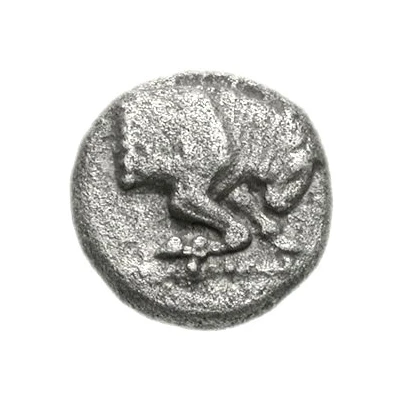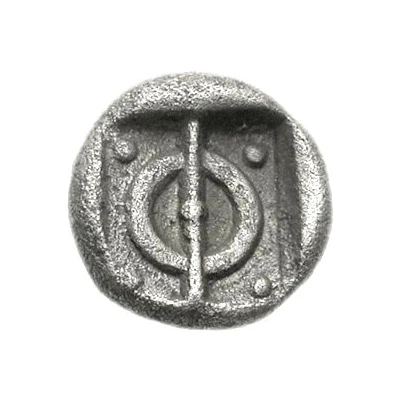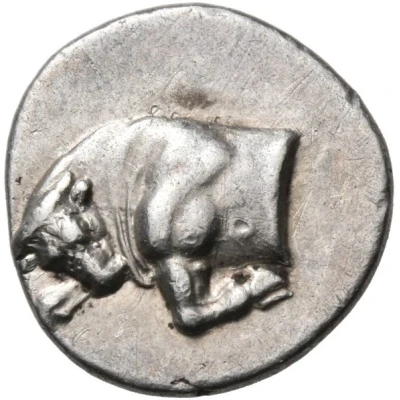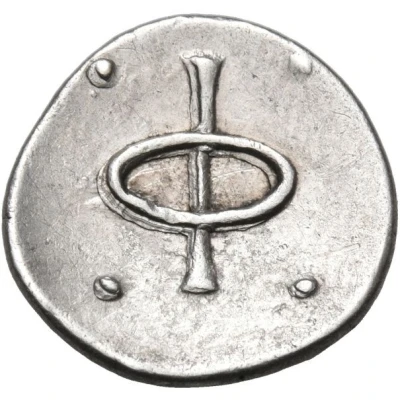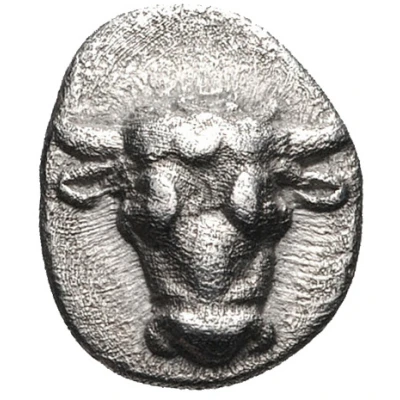
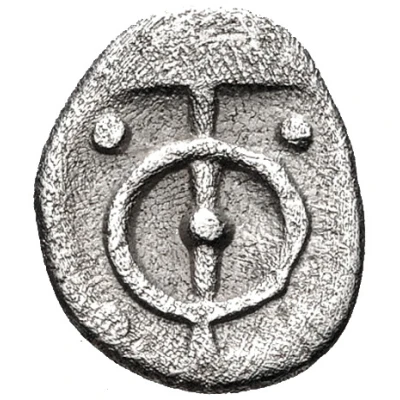

© Classical Numismatic Group, Inc.
Obol 425 BC - 375 BC
| Silver | 0.40 g | 18.0 mm |
| Issuer | Phlious (Phliasia) |
|---|---|
| Type | Standard circulation coin |
| Years | 425 BC - 375 BC |
| Value | Obol (⅙) |
| Currency | Drachm |
| Composition | Silver |
| Weight | 0.40 g |
| Diameter | 18.0 mm |
| Shape | Round (irregular) |
| Technique | Hammered |
| Demonetized | Yes |
| Updated | 2024-10-10 |
| Numista | N#143566 |
|---|---|
| Rarity index | 100% |
Reverse
Large letter Φ with a pellet at center of cross bar and four pellets around it
Script: Greek
Comment
BCD Peloponnesos II 2018.
Interesting fact
The Obol coin was used as a form of currency in ancient Greece, specifically in the city-state of Phlious (Phliasia) during the 5th century BC. The coin features an image of a bee on one side, which was a symbol of the city. The bee was chosen as the emblem of Phlious because the city was known for its excellent honey production. The Obol coin was made of silver and weighed approximately 0.40 grams. It was a small coin, but it played an important role in the economy of the city and was used for everyday transactions.
